HERE IS A LINK TO: PLANNING-TRACKING-PERSONAL INVESTIGATION-AUTUMN-TERM-2018
What is “Political Landscape”?
It is important that we all have an understanding and interpretation of the term “political landscape” before we venture into un-ravelling how a range of influential photographers have tackled elements of this theme…
- issues being discussed by some / most people
- current affairs that are influenced by the parties in power
- the current state of things, as well as how they are looking in the future.
- how decisions in past have shaped our lives…
Class Activity
- work in small teams of 2 /3 people
- respond to the following sub-headings and create a dynamic brainstorm on coloured sugar paper
- think carefully about how these points have affected your past, resent and future lives
- pass the paper around the class to add to the discussion points
- present your findings and debate the relevance / importance of each…
- health
- education
- infrastructure
- public services
- community
- human rights
- civil rights
Now look at…
Guernsey Photography Festival “Political Landscape”
- Click on the link above to view and choose a range of
- photographers to research and explore…
The theme for the 2018 Festival is Political Landscape. This has always been present throughout the history of photography. From the Crimean war battlefield photographs of Roger Fenton; Ansel Adams’ sublime American landscapes; the objective and conceptual typologies of Bernd and Hilla Becher’s industrial buildings; to the iconic pale blue dot, taken by Voyager 1. These historic landmarks and many more have helped develop the way photographers work with landscape.
You can clearly see in each of the contributing artist’s work how they have approached, embraced or integrated the theme…but we want you to now engage with the nature of the work itself and develop your knowledge and understanding.
The various approaches…
Documentary photography tends to take place over an extended time. Some photographers will set a specific time-frame to what they are documenting and how they are documenting the event(s), happenings, locations and characters attached to the story or narrative.
Social documentary photography or concerned photography is the recording of how the world looks like, with a social and/or environmental focus. It is a form of documentary photography, with the aim to draw the public’s attention to ongoing social issues.
Usually, there is a point to this process. We may, as photographers, document how land is being used / abused, how land is passed down through generations of families, how land is protected, why land often has a spiritual connection to communities and society as a whole, how and why land physically changes to fit with political agendas and so on…

But you may be more interested in exploring creative and conceptual approaches to taking / making your images. Tableaux photography relies on setting up, staging and capturing scenes, events or incidents usually involving people.
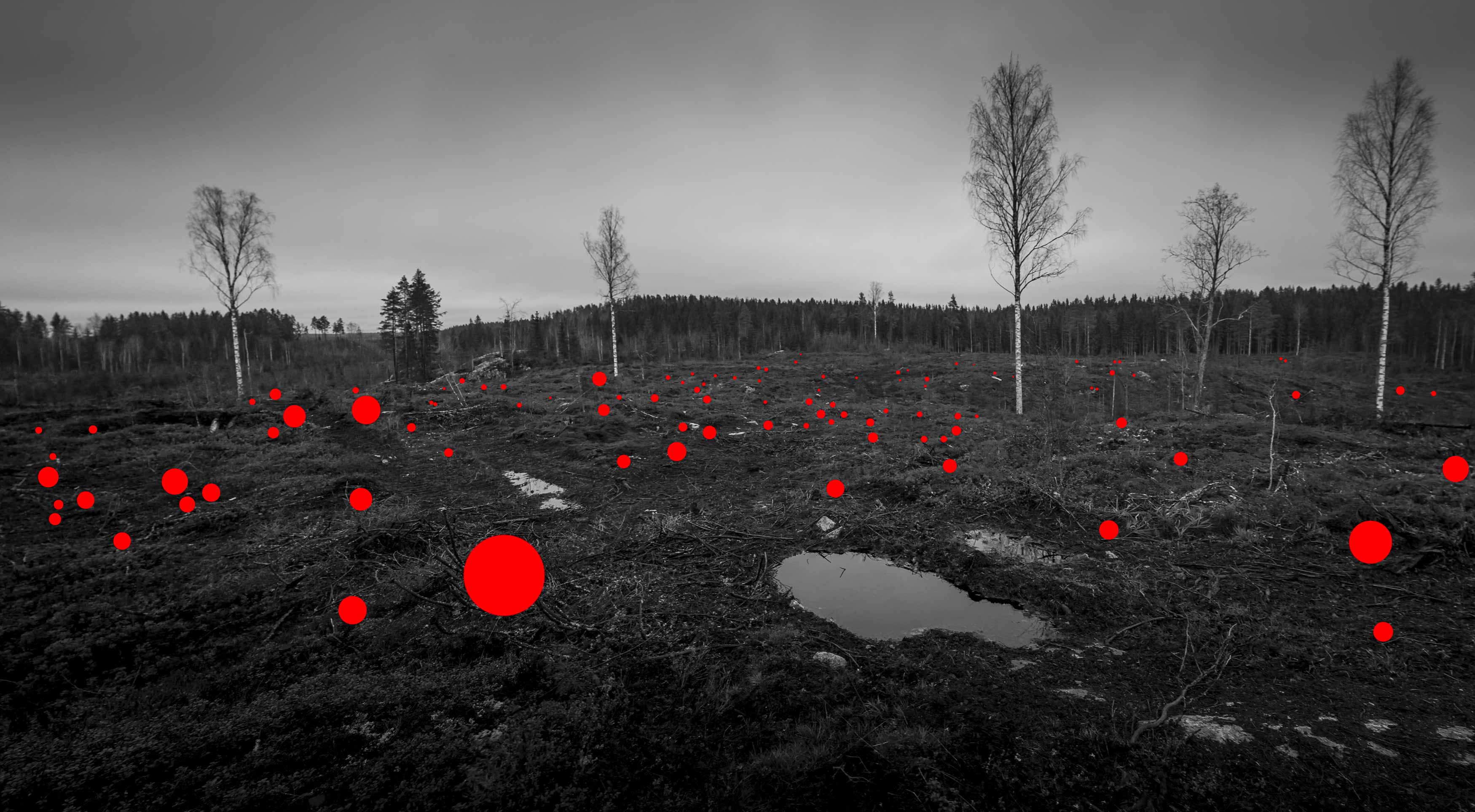
Archive driven / reliant work often stems from extensive research and even appropriation of pre-existing material including photographs, film, legal documents, transcripts, maps, plans, articles and more.
Example
Valeria Cherchi has combined archival material with tableaux arrangements to explore a controversial and secretive program of vigilante action in Sardinia towards the end of last century in “Some of you killed Luisa”.
Research and analysis Task
- Choose 2 x photographers from GPF 2018 to explore, discuss, describe and explain key examples from their current projects
- Compare and contrast their approaches and outcomes and ask yourself…
- what?
- how?
- why?
- when?
- where?
- Show critical awareness of the purpose and outcome of the work, and how it has developed over time.
- Illustrate clearly how the subject matter has been represented
- Critique the presentation of the work
- Ensure your blog posts are visually informative and include…
- hyperlinks to appropriate sites and articles
- embedded videos that support / illustrate you research
- definition(s) of “Political Landscape”
- a range of pre-exisiting, alternative approaches to the concept of political landscape
This should help YOU to formulate a plan for the practical element…
Practical Task
To successfully complete this task you must choose 2 of the options below to inspire your ideas…
- Documentary / narrative
- Creative / conceptual (includes tableaux approaches)
- Archive-driven
…and create a set of blog posts that clearly demonstrate your ability to respond to the theme of Political Landscape. You may want to extend your ideas from the Future of St Helier…or embark on a new and different approach.
You may want to choose from the following prompts…
- how land is being used / abused (locally or elsewhere)
- how land is passed down through generations of families,
- how land is protected,
- why land often has a spiritual connection to specific communities and society as a whole,
- how and why land physically changes to fit with political agendas
- the importance of borders / restrictions
- how we are defined by where we live, work, spend time
- human rights and the effects on our surroundings
- civil rights and the effects on our surroundings
- media outlets, agendas and information accessibility
You must clearly outline your intentions and reasoning for your approach to the theme…define and de-construct what political landscape could be
You must devise and complete at least 1 x photo-shoot (min. 250 images)and produce a range of outcomes that are the result of careful and intelligent camera techniques, selection, editing and presentation methods.
Remember to analyse and evaluate your process carefully, using specialist vocabulary…

Useful articles to help you explore some recent / current examples of local starting points re : political landscape

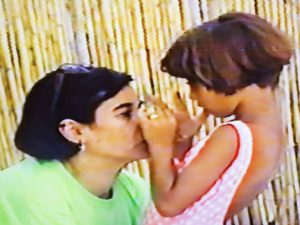

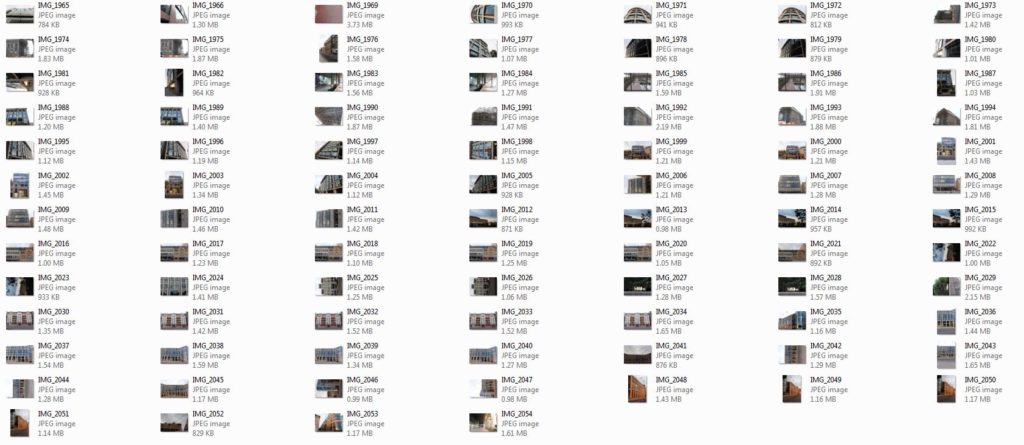
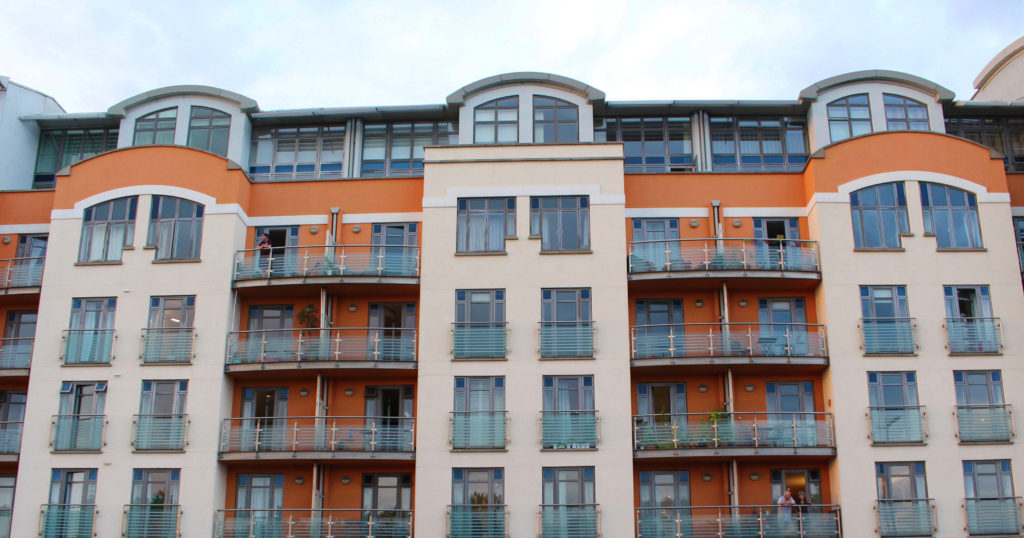
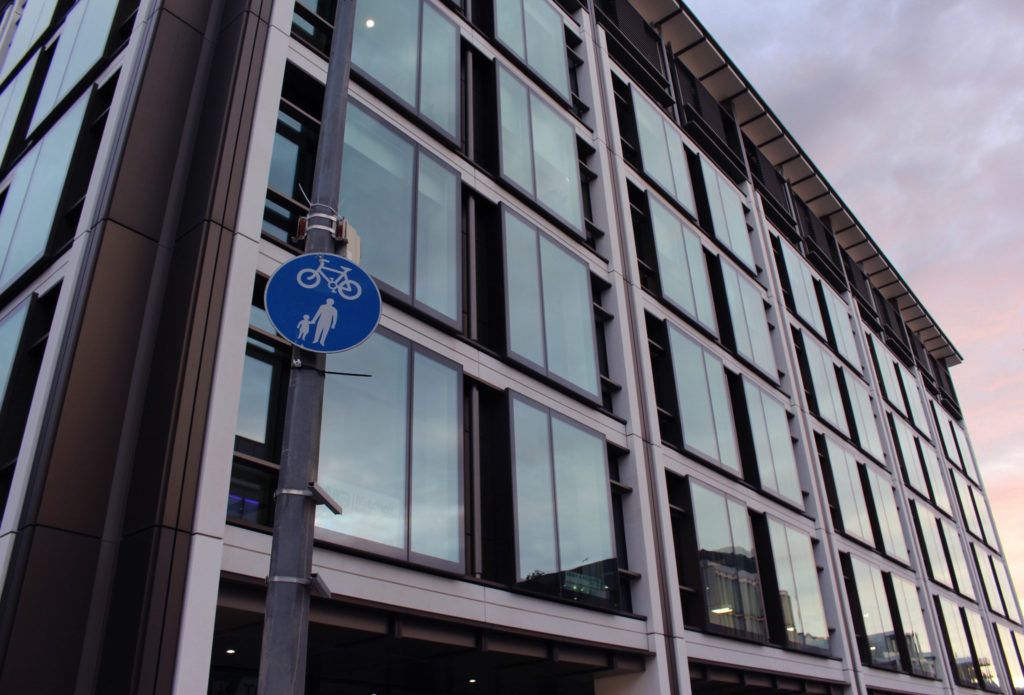
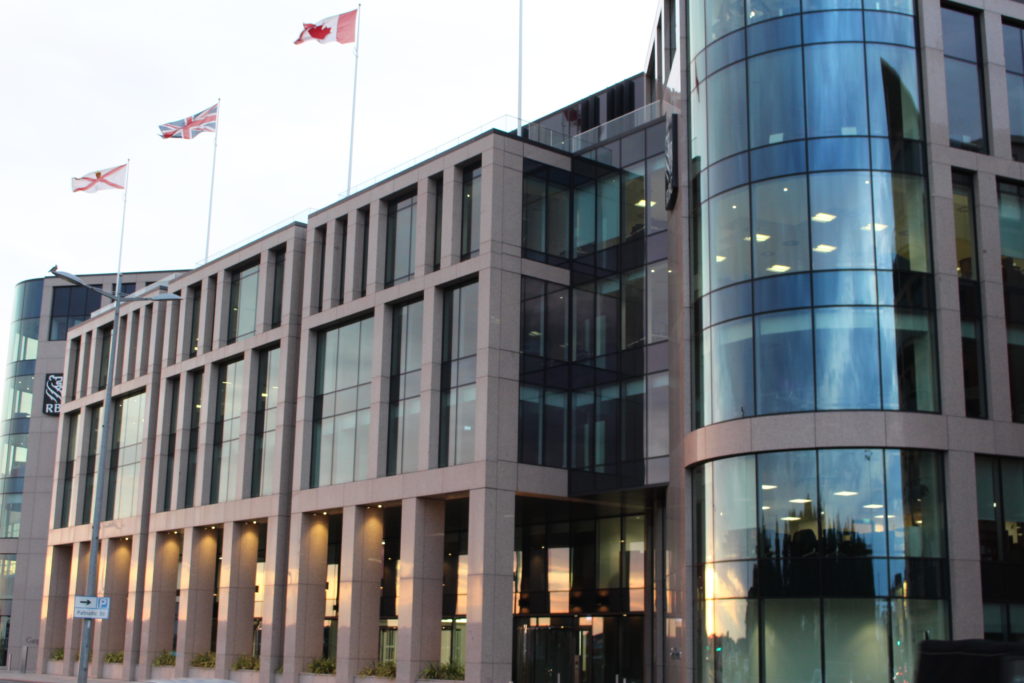


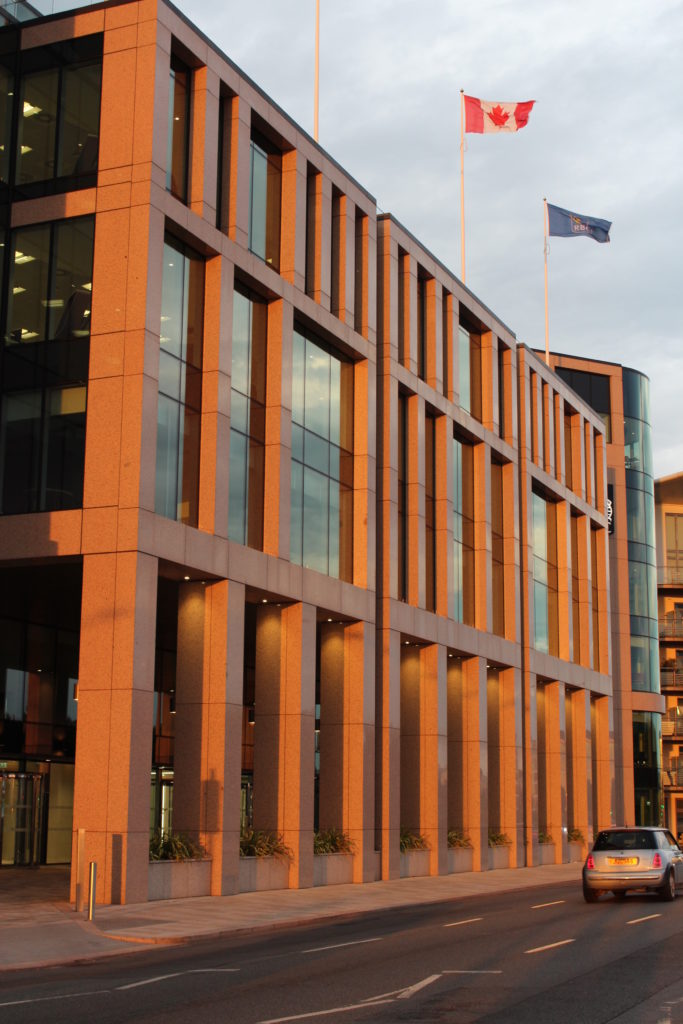


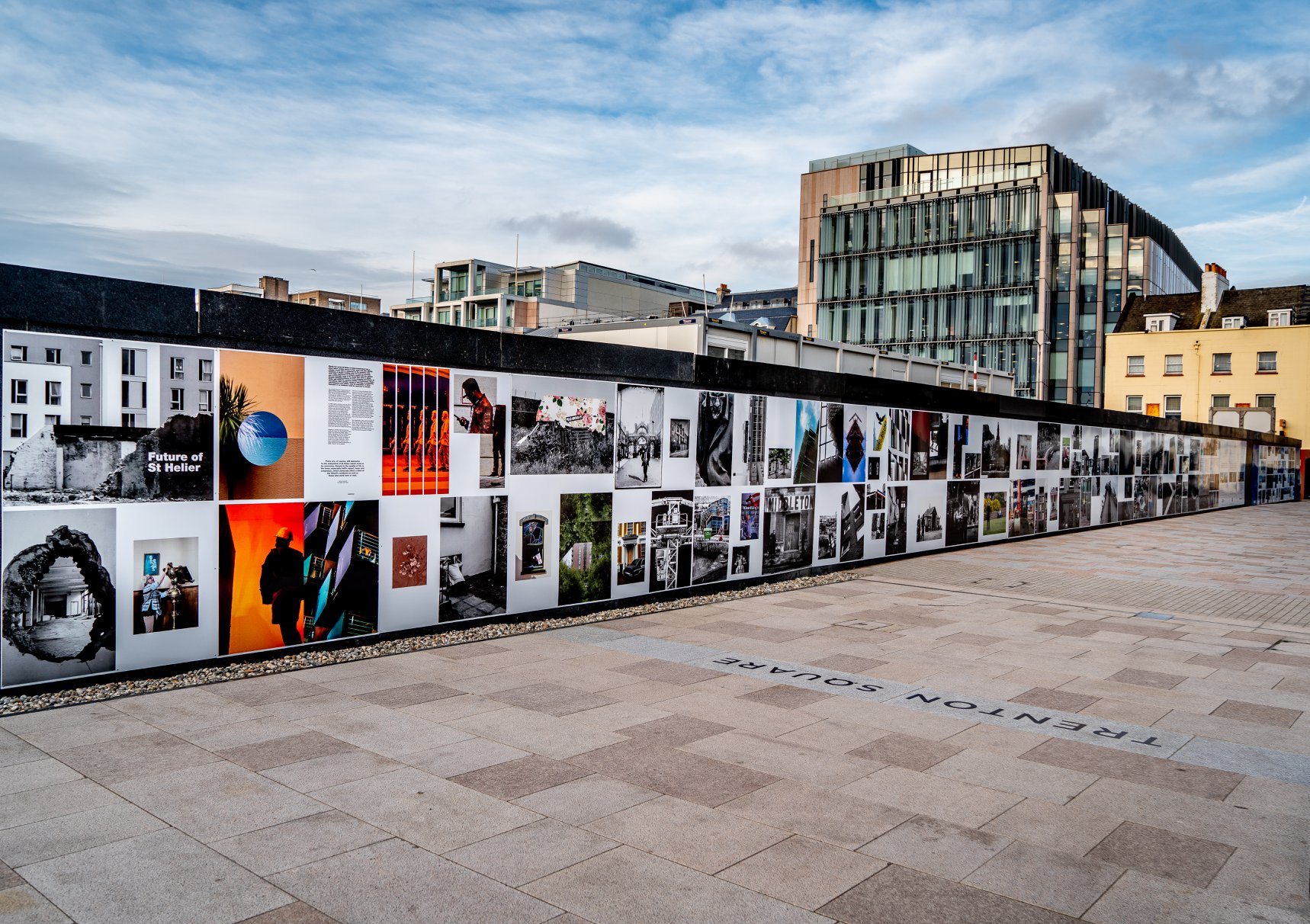







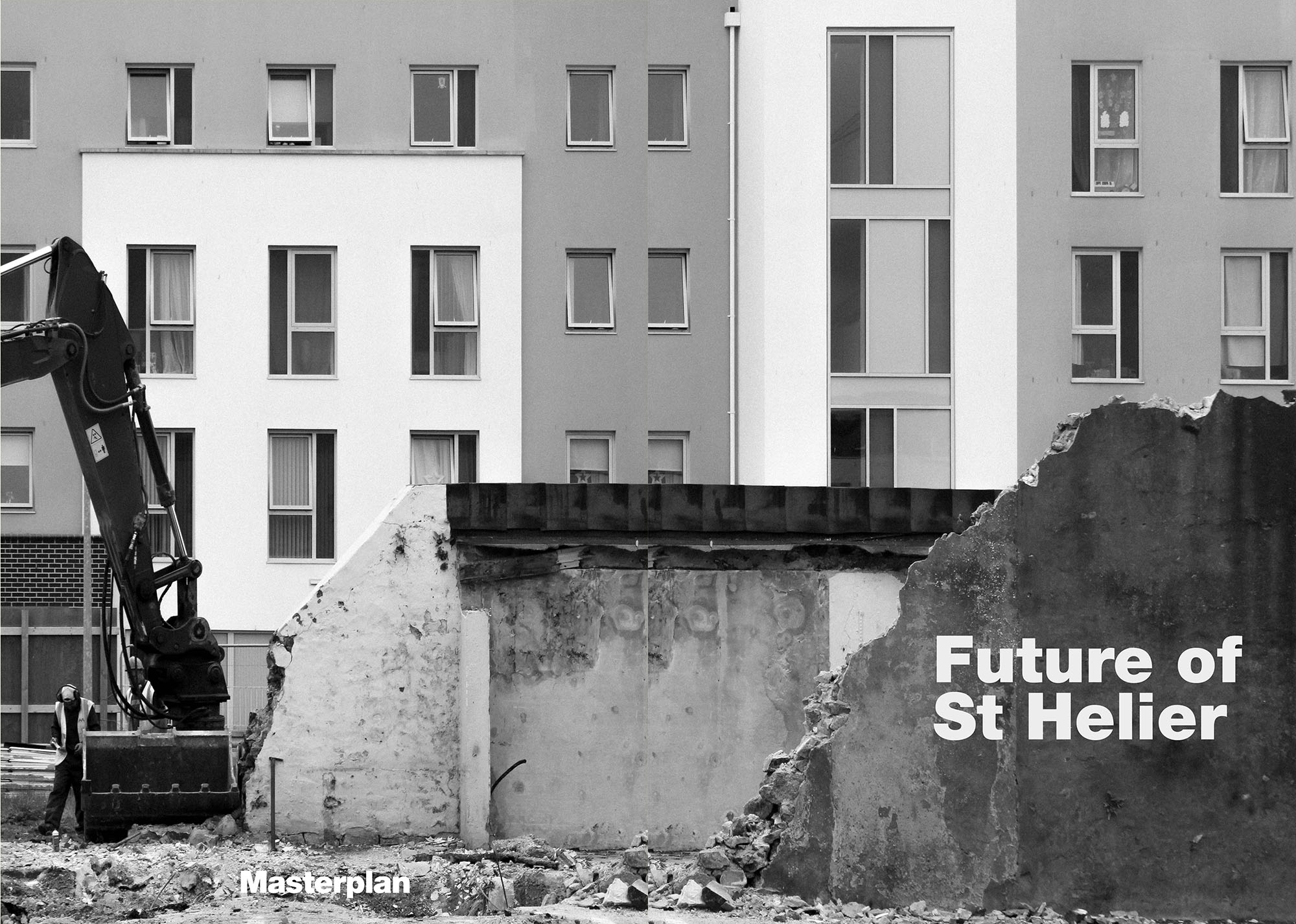








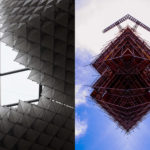


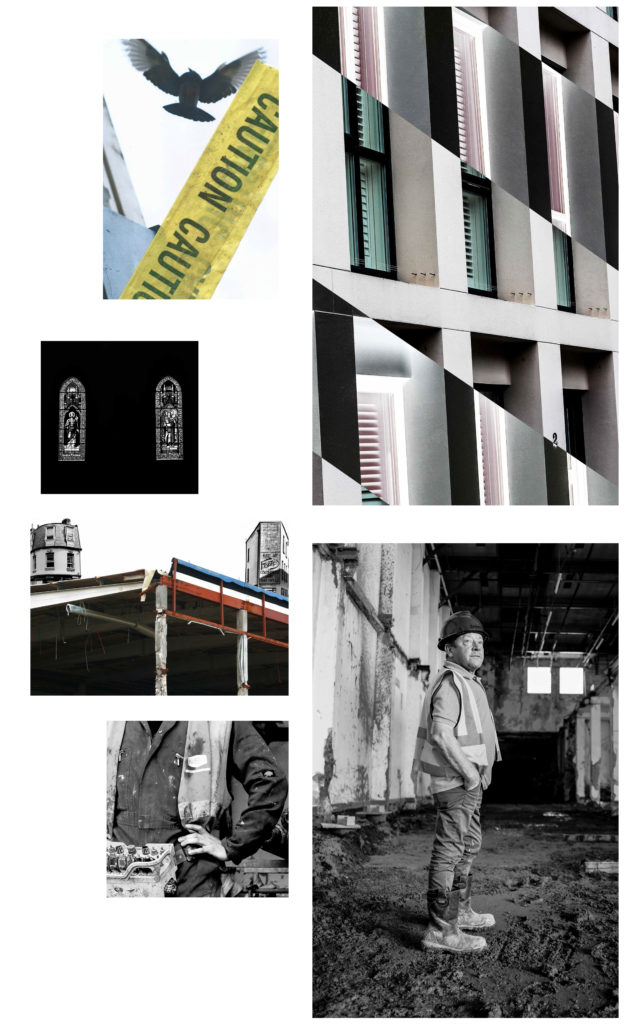










 I think that throughout the Future of St. Helier newspaper project I have thoroughly explored the different aspects of St. Helier and the people within it. I have photographed environmental portraits and portraits of unaware subjects to catch the different sides of the population of St. Helier as well as photographing completely different styles of buildings within the capital. If I was to explore the Future of St. Helier again I would focus on more set-up photo-shoots with interesting people within the parish in order to get an insight into what they think the future of St. Helier is and how they feel about the changes that it is going through.
I think that throughout the Future of St. Helier newspaper project I have thoroughly explored the different aspects of St. Helier and the people within it. I have photographed environmental portraits and portraits of unaware subjects to catch the different sides of the population of St. Helier as well as photographing completely different styles of buildings within the capital. If I was to explore the Future of St. Helier again I would focus on more set-up photo-shoots with interesting people within the parish in order to get an insight into what they think the future of St. Helier is and how they feel about the changes that it is going through.